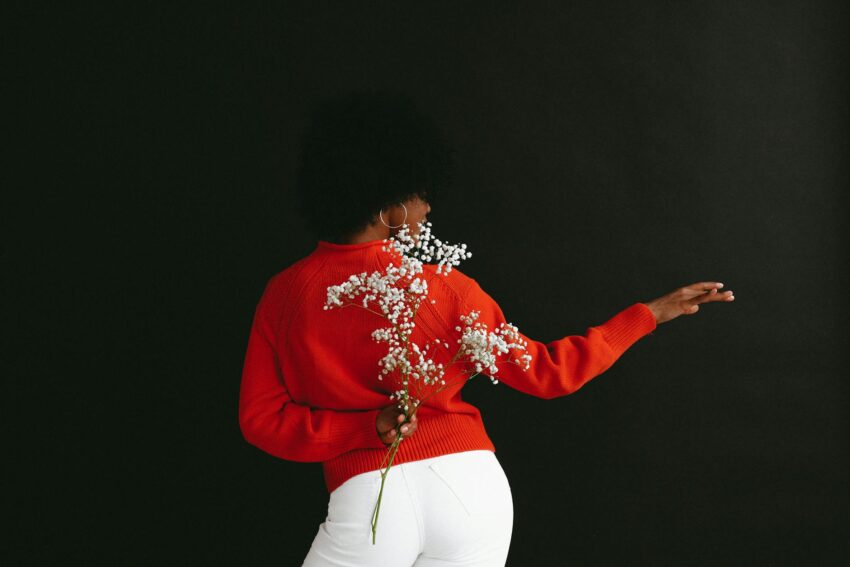The psychedelic era of the 1960s and ’70s was a unique time in human history when colors, shapes, and forms broke free from the chains of reality and took their place in the realms of perception, consciousness, and visualization. The term “psychedelic”, derived from the Greek words “psyche” (soul) and “delein” (to manifest), situates the creation and consumption of this art and literature within the emotional and psychological experiences of the individual. Two significant branches emerged from this cultural wave: psychedelic art and psychedelic literature, defined by their vivid, surreal, and intensely trippy art and literary works.
Crafting visual narratives that defy conventional perception, both emerging and established psychedelic-inspired artists began exploring deeper dimensions of consciousness and spirituality. Psychedelic art, or visionary art, tests the boundaries of the physical world by representing alternate dimensions of reality. Influenced by surrealist movements, hallucinogenic experiences, dreams, and mysticism, such art challenges the viewer’s typical way of perceiving the world by presenting it through a kaleidoscope infused with intricate patterns, swirling colors, and distorted figures. Artists like Alex Grey and Entheon, for instance, created some extraordinary pieces that exemplify trippy art, showcasing surreal landscapes, transcendental experiences, mirrors to the soul, and metaphorical depictions of nature and humanity.
To complement this genre of visual art, psychedelic music emerged in tandem. Artists used music as a vehicle to articulate their psychedelic experiences, layering their compositions with unconventional sounds, frequencies, and rhythms aimed at evoking a sensorial trip in the listener. Bands like The Grateful Dead, Pink Floyd, and The Beatles ventured beyond the conventional realms of music, incorporating distorted instrumentals and trance-inducing beats that echoed the spirit of this era. These pioneering music composers offered audiences not just songs, but auditory journeys into other realms.
But psychedelic influence didn’t stay confined to art and music; it also seeped into the realm of literature. Psychedelic literature, likewise characterized by non-linear narratives, surreal themes, and mind-altering explorations, soon found its footing. Authors started penning down their hallucinogenic experiences in abstract, metaphorical languages, exploring themes of human consciousness, self-discovery, spirituality, and perception. Ken Kesey’s “One Flew Over the Cuckoo’s Nest” and Carlos Castaneda’s “The Teachings of Don Juan” are iconic examples of such psychedelic literature.
These works depict the multi-dimensional experiences induced by psychedelic explorations with vivid descriptions, weaving a tapestry of phantasmagoric scenes and ideas that challenge conventional ways of thinking. The literature produced during and influenced by this era actively sought to break free from traditional narrative norms, leading readers through surreal mental landscapes filled with complexity and ambiguity.
While the psychedelic era might be a few decades in the past, its influence continues to ripple through modern society. Contemporary artists, musicians, and authors still draw inspiration from the psychedelic wave, creating works suffused with the spirit of those transformative years. Psychedelic art continues to evolve, blending with contemporary artistic trends, technologies, and philosophies, while the literature, permeating various genres, still explores the depths of human consciousness and the layers of perceived reality.
The enduring allure of psychedelic art and literature signifies our innate fascination with enhancing our perception of reality, the call of the transcendent, and the exploration of our inner worlds. It offers a vibrant, sensorial journey that pushes boundaries and opens our minds to endless possibilites.
From trippy art and psychedelic-inspired artists, it pivots into the realm of psychedelic literature. It also resonates in the beats of psychedelic music, and continues to shape the evolution of visionary art. Ultimately, it carries us along on a mind-altering trip, which continues to inspire and fascinate us, opening our minds to unexplored universes within and beyond our senses.
